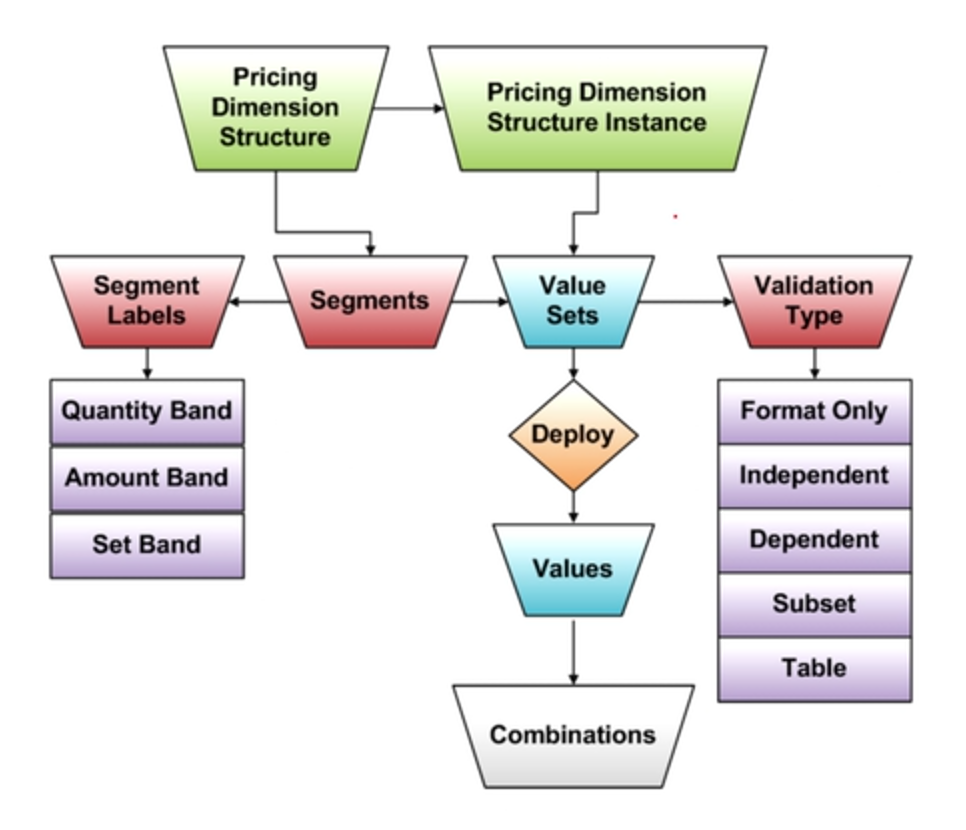

We implement deterministic linear programs for both models to obtain booking limits, which can then be used directly in a leg-based pricing mechanism.

( 2010) to transform discrete pricing to revenue management with independent demand. We exploit the equivalence transformation from Walczak et al. In particular, we make the following contributions:
#DYNAMIC PRICING AND REVENUE MANAGEMENT HOW TO#
To quantify the expected revenue loss in the presence of early group bookings and to address the particularities (4) and (5), we present a computational study that focuses on those risks and discusses concepts on how to address those problems. Given this history and its implied computational infrastructure as well as the strategic decision (2) combined with the limited computing resources (3), a straight-forward bid price control was viewed as risky since bid price policies might allow groups to buy a large quantity of seats at a low price early in the selling process and then return them in case they are not needed. In this paper, we apply this transformation and discuss some lesser-known implications.įlixBus traditionally imposed nested booking limits to guide revenue managers’ decisions. ( 2010) have shown that a transformation exists to transform discrete pricing problems to revenue management with independent demand. Problems with property (1) are usually referred to as discrete dynamic pricing problems and well-studied in the network revenue management literature. This paper is mainly concerned with the second aspect, even though the first aspect had to be addressed also in order to obtain data, which could be used for realistic experiments.Īlthough many of the operational pricing constraints mimic those of the airline industry (perishable resource given highly price sensitive demand), a few key differences are: (1) only one of a few predetermined prices should be offered for each origin–destination-pair at the same time, (2) since tickets can be refunded at very low costs, large group bookings might be an issue if an uncontrolled number of cheap tickets can be bought early in the selling process, (3) given the limited computing resources, it is impossible to perform computationally expensive optimization procedures frequently for each bus line, (4) given the nature of bus rides with many stops, a typical customer uses more legs on a given ride than airline customers, and (5) since tickets can be returned with a maximum fee of 5 Euros (or Dollars), the need for increasing prices over time is large. There are two main aspects of this problem: obtaining a realistic demand forecast including information about price elasticity and determining a pricing policy based on this forecast.

Given this challenge and the willingness to expand even further, it was an operational necessity to automate pricing decisions to a larger degree than in the past. Each of those revenue managers manually supervised more than 20 bus lines (independent networks) with a total of more than 150 legs per day. Given its dominant position in Germany, however, the company started to focus on expected revenue maximization and employed roughly 50 revenue managers as of 2018. The willingness of investors to suffer from short term losses in order to gain market share is also cited as a source of FlixBus’ growth, see The Economist ( 2018). Ticket prices are split with its partners accordingly. While regional bus companies own the green buses with the FlixBus logo, employ the drivers, and are responsible for the day-to-day running of routes, FlixBus can focus on permits, network planning, marketing, pricing, quality management and customer service. The dramatic growth of the company is often attributed to its highly scalable business model: to be officially licensed as a bus company, FlixBus owns one bus, which is parked permanently. But only five years later, FlixBus had conquered 90% of German bus market and has expanded well beyond Europe to Asia and the United States, see The Economist ( 2018).

When the German government deregulated the long-distance bus market in 2013, thirteen bus companies entered the market.


 0 kommentar(er)
0 kommentar(er)
